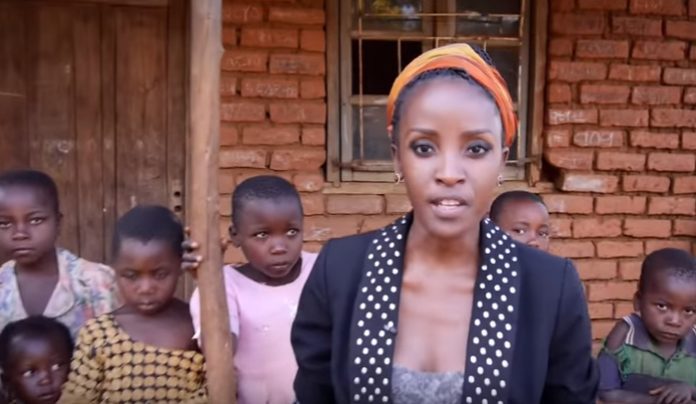The Sub-Saharan African nation of Malawi has a rapidly increasing population, which constitute about 3%. It has been regarded by the UN Population Fund as the global population hotspot. Accordingly, Malawi has a low-income population and ranks at 174 from the 187 countries. This has stagnated for a 5 year period in the 2013 survey.
Income Status
Malawi has higher poverty rate in which households headed by females experience this compared to those families headed by males. In 2013, the country ranks as the 13th worst in economic performance, according to the 2014-15 Global Competitiveness report from the World Economic Forum. The country has been dependent on the livelihoods such as agriculture in which the population has been highly prone to natural disaster effects, which include flooding and dry spells.
Food Security
In 2015, the country has experienced flooding in the south, which has displaced as many as one-million residents in the area. More so, a huge portion of Malawi has been suffering from food insecurity that happens on a yearly basis. This often happens during the lean season that occurs between the months of December and March. This is due to the fact that food prices continue to increase combined with the insufficiency of the production of household crops resulting from the dry spells and severe floods.
Malnutrition in Children
The security issues in food has even been aggravated by the high rate of HIV infection which constitute around 11%, 9th highest rate worldwide. In fact, nutrition has also been a great issue in the country with stunting rate among children who are under the age of 5. Moreover, 10.3% of the gross domestic product has reportedly been lost to child undernutrition, while 23% of child mortality cases have been connected with undernutrition.
Malnutrition has been the major reason for children mortality in Malawi. As a matter of fact, food-related challenges in the country include:
- chronic food insecurity among the poor as well as vulnerable households, including the refugees;
- recurrence of floods and droughts as natural disasters in the country;
- high frequency of chronic malnutrition and widespread deficiencies in micronutrients;
- high rates of dropouts from school, repetition, and the absenteeism in primary school children from households having food insecurity issues; and
- low income among farmers resulting from the agricultural market policies and structures.
The World Poor Program
There has been a Country Program installed from 2012-2016, which aimed to strengthen the national capacity of Malawi for:
- improvement of outcomes in primary education,
- reduction in the malnutrition rate among vulnerable groups,
- improvement of food security among communities living in areas prone to disasters and help families build resistance to shocks.
This program has aimed to address these conditions through:
- support of nutrition and education for the vulnerable,
- capacity development for disaster risk preparedness and management, and
- support for the agricultural market.
The World Food Program has also intended to develop the capacity of local community members and government staff through this program. This has been in line with the initiative of the program to shift to food assistance from food aid.
Crystal Lombardo is a contributing editor for Vision Launch. Crystal is a seasoned writer and researcher with over 10 years of experience. She has been an editor of three popular blogs that each have had over 500,000 monthly readers.


















